Retro Replay Review
Gameplay
The Neverhood’s gameplay revolves around a classic point-and-click interface that feels both approachable and refreshingly tactile. You guide Klaymen through a series of handcrafted clay environments by clicking to move, inspect, or manipulate objects. Rather than juggling a complex inventory, you’ll find just a handful of key items to pick up—each one serving a precise purpose in the world’s layered puzzles.
Puzzles in The Neverhood are less about combining items and more about interpreting the environment and the cryptic riddles hidden within it. You’ll rotate levers, align symbols, and trigger mechanisms in a logic-driven dance that feels satisfying when you finally uncover a solution. The blend of environmental clues and subtle audiovisual hints encourages careful observation, rewarding patience with a deeper understanding of the world around you.
One standout feature is the shift between third-person exploration and first-person traversal. While most of the time you’ll see Klaymen from a fixed camera angle as he wanders through whimsical clay-set stages, specific transitions allow you to peer through his eyes for a limited maneuvering zone. This change of perspective adds variety to the gameplay, offering fresh angles on familiar rooms and secret passageways that might otherwise be overlooked.
Graphics
The Neverhood is celebrated for its distinctive claymation visuals, and it still holds up as a testament to hand-crafted art in gaming. Every character and backdrop is built from actual clay models, then painstakingly animated frame by frame. The result is a world teeming with playful textures and organic quirks—no two surfaces look alike, and the subtle fingerprints and smudges lend an almost magical authenticity.
Color palettes shift dramatically across levels—from bright pastel corridors to muted, eerie chambers—heightening the mood and signaling new gameplay challenges. Lighting effects are rendered in real-time over these clay sets, casting dynamic shadows that accentuate the three-dimensional feel. Even in a modern context, the aesthetic feels singular, avoiding the sterile polish of many digital-only creations.
Animation sequences, whether Klaymen’s curious walks or the mechanical gyrations of in-game contraptions, carry a weight and charm you rarely see in pixelated or fully 3D-rendered titles. This physicality makes each interactive moment more memorable, as if you could reach out and touch the characters themselves. For buyers seeking an art-forward experience, The Neverhood’s claymation is a perennial highlight.
Story
In The Neverhood, you awaken as Klaymen in a vast, empty world whose origin and purpose remain shrouded in mystery. The narrative unfolds organically as you discover a series of enigmatic disks scattered throughout the environment. Each disk contains fragments of recordings that slowly piece together the backstory, revealing hints of long-lost civilizations, cosmic meddling, and Klaymen’s own role in this strange realm.
The game wisely refrains from spoon-feeding its plot, instead inviting you to piece together clues at your own pace. Every new disk you uncover feels like unearthing an ancient artifact, and the satisfaction of slotting it into the central console is matched only by the anticipation of what the next revelation will bring. This sense of discovery lends the story a true sense of momentum.
Characters are sparse yet memorable—quirky mannequins, scattered clay denizens, and the occasional mechanical foe. Their dialogue is delivered in brief bursts, often accompanied by playful animations that convey more personality than words alone. It’s this blend of minimalism and creativity that turns what could be an obscure backstory into a compelling narrative tapestry.
Overall Experience
The Neverhood delivers a unique combination of whimsical artistry, brain-teasing puzzles, and gentle storytelling. Its modest runtime—typically around 6 to 8 hours—ensures a focused experience without filler, making it an ideal choice for players who prefer tightly designed adventures over sprawling epics. The absence of time limits or fail states fosters an unhurried exploration style, letting you solve puzzles at your own rhythm.
Sound design and music further enhance the game’s charm. From creaking clay doors to haunting melodies that swell as you slot in each disk, the audio world is as lovingly crafted as the visuals. This attention to detail adds layers of immersion, drawing you deeper into Neverhood’s peculiar atmosphere.
While some modern players may find the point-and-click paradigm slower-paced than today’s action-heavy titles, those who embrace the game on its own terms will discover a hidden gem. The Neverhood remains a standout for collectors, adventure fans, and anyone looking for an experience that feels handcrafted from start to finish. If you appreciate artistic ambition and clever puzzle design, this is one digital clay masterpiece you won’t want to miss.
 Retro Replay Retro Replay gaming reviews, news, emulation, geek stuff and more!
Retro Replay Retro Replay gaming reviews, news, emulation, geek stuff and more!
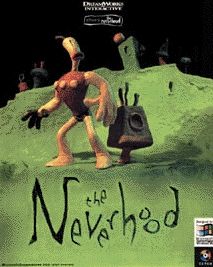
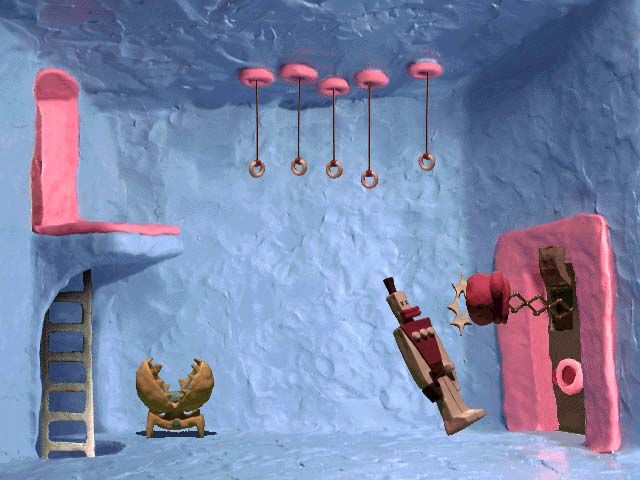
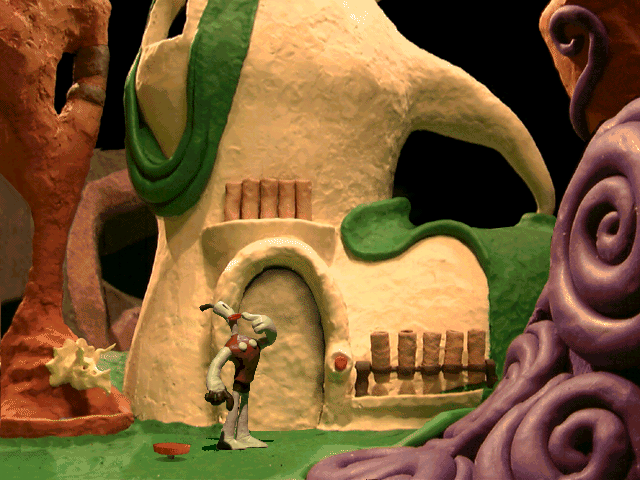
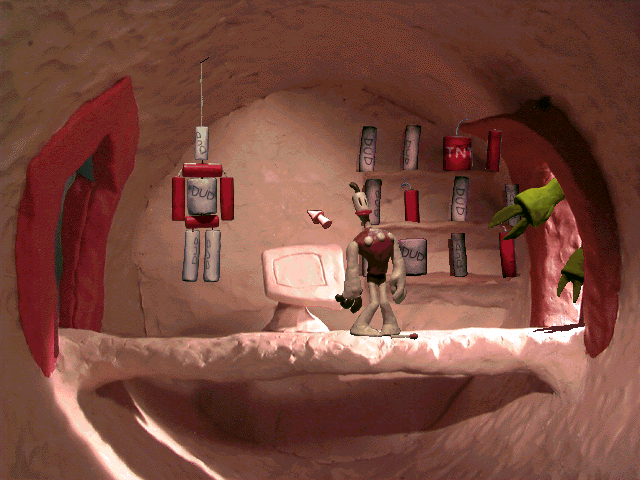
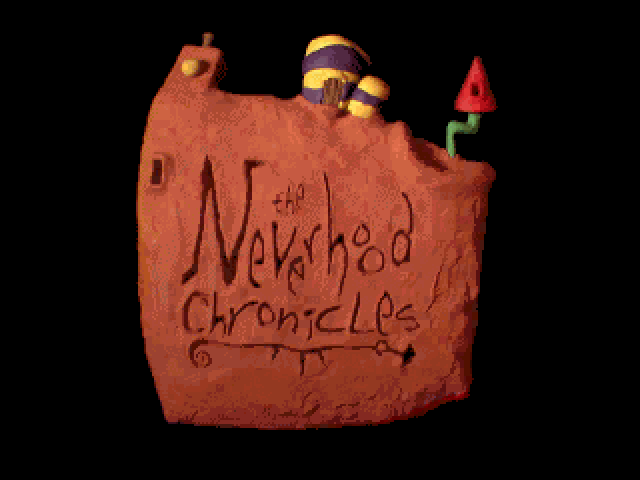
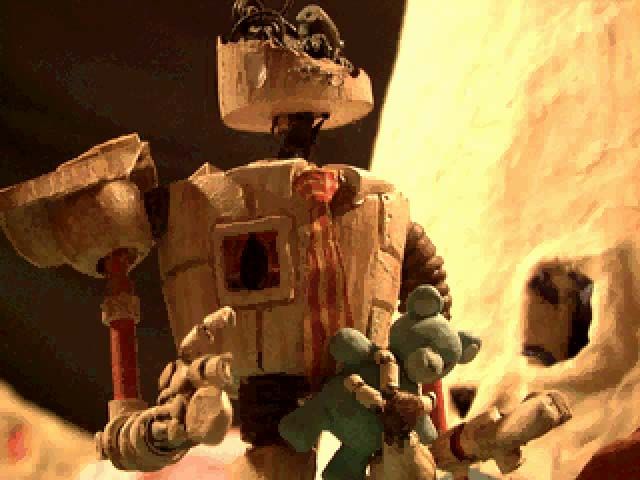



Reviews
There are no reviews yet.